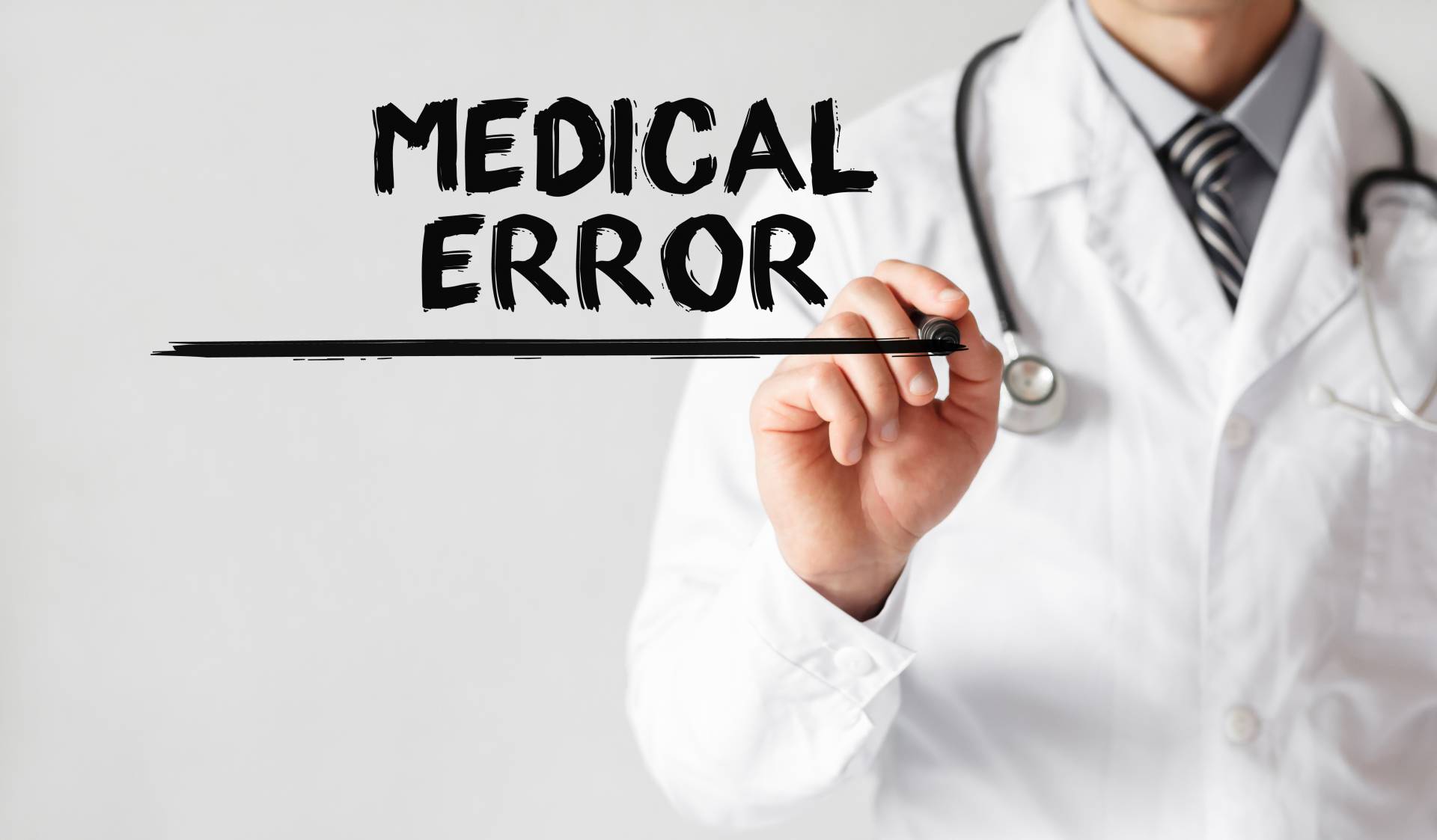Electronic archiving is one of the important technological developments that has radically transformed information management in various sectors, especially in the medical field. It allows patients' medical records’ to be stored in a secure and organized digital format, contributing to easy access to health data quickly and accurately. This technology is considered essential. To improve the quality of health care, as it makes it easier for doctors to review the patient’s medical history and make accurate treatment decisions based on updated information.In this context, we will highlight through our next article the extent of the impact of electronic archiving in reducing medical errors. Read on.

Definition of electronic archiving
Electronic archiving is the process of organizing and preserving information and documents in digital form using archiving software, rather than traditional paper-based methods. This process aims to facilitate access to data, ensure its preservation for long periods, and improve work efficiency in organizations. Electronic archiving is one of the modern methods that contributes to reducing costs, saving space, increasing security, and protecting documents from damage or loss.
Electronic archiving jobs in the medical sector
In recent years, the medical sector has witnessed a large-scale digital transformation, the most prominent feature of which is the adoption of electronic archiving systems instead of traditional paper archiving. These are the most prominent electronic archiving jobs in this sector
Electronic medical record keeping (EMR):
The primary function of electronic archiving systems is to store and organize patients' medical records’. These records include accurate information about medical history, tests, X-rays, medical reports, and medication prescriptions. Through the electronic archiving system, this data is saved in a coordinated way that facilitates quick reference at any time.
Ease of access to information:
Thanks to electronic archiving, doctors, nurses, and technicians can instantly access patient information via a secure internal network or through licensed electronic portals.This shortens the time of searching for paper files and contributes to providing faster and more effective care.
Support medical decisions and statistical analysis:
Electronically saved data is used to prepare reports and statistics that help analyze medical performance, follow up on cases, and monitor the spread of diseases.It also contributes to supporting medical research and making decisions based on accurate data.
Space and cost saving:
Electronic archiving contributes significantly to saving space and cost.Instead of storing medical records and paper files that occupy large spaces in hospitals and clinics, they can be converted into digital copies preserved in secure and easy-to-access systems.This not only saves space, but also contributes to reducing the costs associated with storing paper.Printing and ongoing maintenance of paper documents.
Security and privacy:
Security and privacy are among the most important priorities in the medical sector, and one of the most prominent electronic archiving functions in this sector.By using electronic archiving and document management software to store medical records, advanced technologies such as encryption and multi-level passwords can be applied to provide strong protection against unauthorized access.
Integration with other systems:
Electronic archiving provides the possibility of integration with laboratory management systems, pharmacy, radiology department, billing, and appointment scheduling. This integration enhances work flow and increases the efficiency of operations within the health institution.
The impact of electronic archiving on reducing medical errors
The impact of electronic archiving on reducing medical errors is one of the most prominent recent contributions to improving the quality of health care, and this impact can be summarized in the following points:
1. Improving the accuracy of diagnosis and treatment:
Electronic archiving contributes significantly to improving the accuracy of diagnosis and treatment in health institutions, as it allows the patient’s medical records to be stored in an organized, secure, and easy-to-access manner.Through file archiving software, doctors can quickly view the patient’s complete medical history, including previous examinations, diagnoses, and prescribed treatments, which helps them make accurate medical decisions based on comprehensive information Electronic archiving also reduces the possibility of repeated tests or errors in dispensing medications, and facilitates monitoring the patient’s condition over time, which enhances the quality of health care provided and saves time and effort for the medical staff.
2. Reducing repetition in examinations:
Reducing repetition in medical examinations contributes significantly to improving the quality of health care and saving resources, and this can be achieved effectively through electronic archiving of medical records (for example: Fekrait electronic archiving program), as this technology allows doctors immediate access to the patient’s complete medical history, including Including the results of previous examinations, which reduces the need to repeat unnecessary medical tests or procedures Electronic archiving also enhances coordination between different caregivers, contributes to making more accurate and rapid treatment decisions, and reduces financial burdens on both patients and healthcare institutions.
3. Reducing medication errors:
Electronic archiving of medical records works to reduce errors related to medications, as it provides accurate and updated information about the patient’s condition, such as allergies, medication history, and possible interactions between medications.Through electronic archiving programs, doctors and pharmacists can easily access patient data, which helps them prescribe Medications are safe and effective, and built-in alert systems contribute to early detection of dosing errors or adverse drug reactions Thus, it reduces the risk of complications and improves the quality of health care provided to patients.
4. Easy to track modifications and updates:
The electronic archiving program allows tracking all amendments made to medical records, including amendments to treatment, diagnosis, or test results.This enhances transparency and makes it easy to review and monitor changes.Medical and administrative teams can also access medical records through the electronic system easily and without the need to Search scattered paper files, which improves efficiency in making medical decisions.
Conclusion:
It can be concluded that electronic archiving plays a pivotal role in reducing medical errors and improving patient safety.By improving quick and accurate access to medical information, and reducing errors resulting from paper records or handwriting, electronic systems contribute to enhancing the accuracy of diagnosis and treatment.
Important Topics:
Incoming and outgoing electronic archiving (DocSuite)
Automation of automated processes
Reference:
1. << Electronic document & records management system to manage records like money>>, openaccessgovernment
2. << The importance of document storage in today’s digital age>>, citizen

Add New Comment